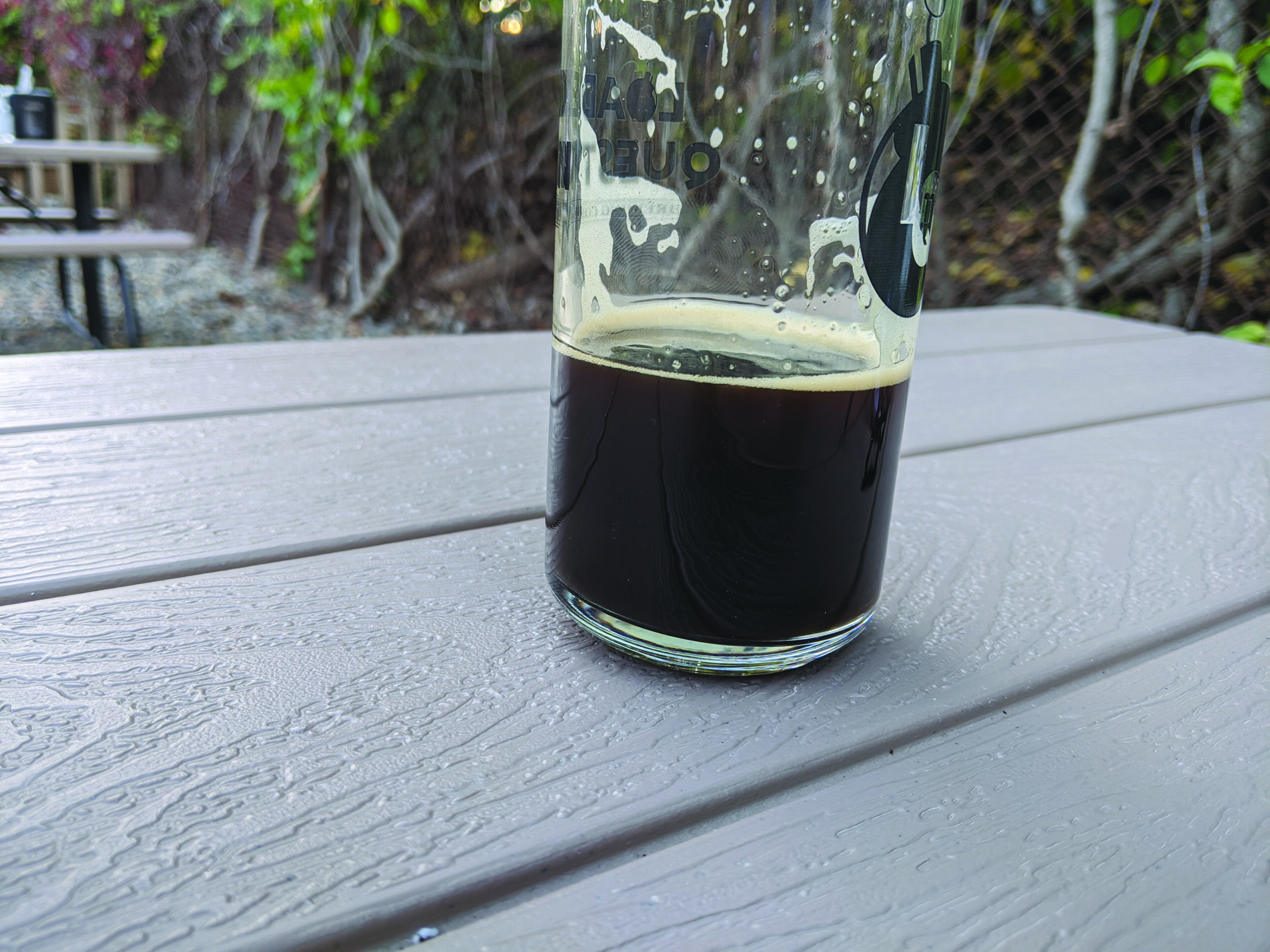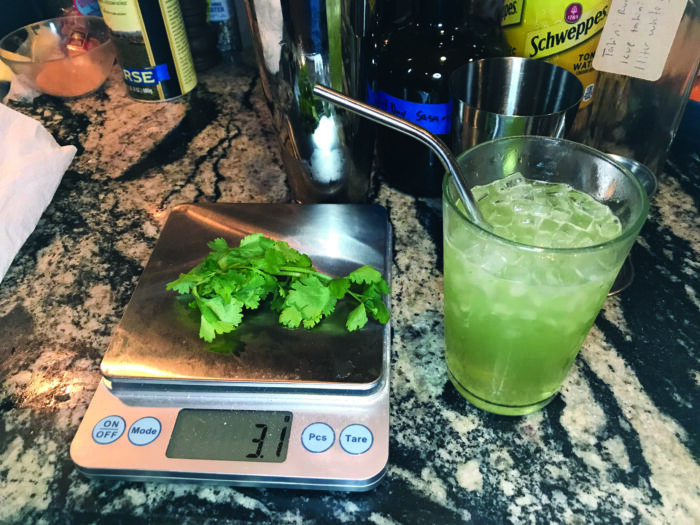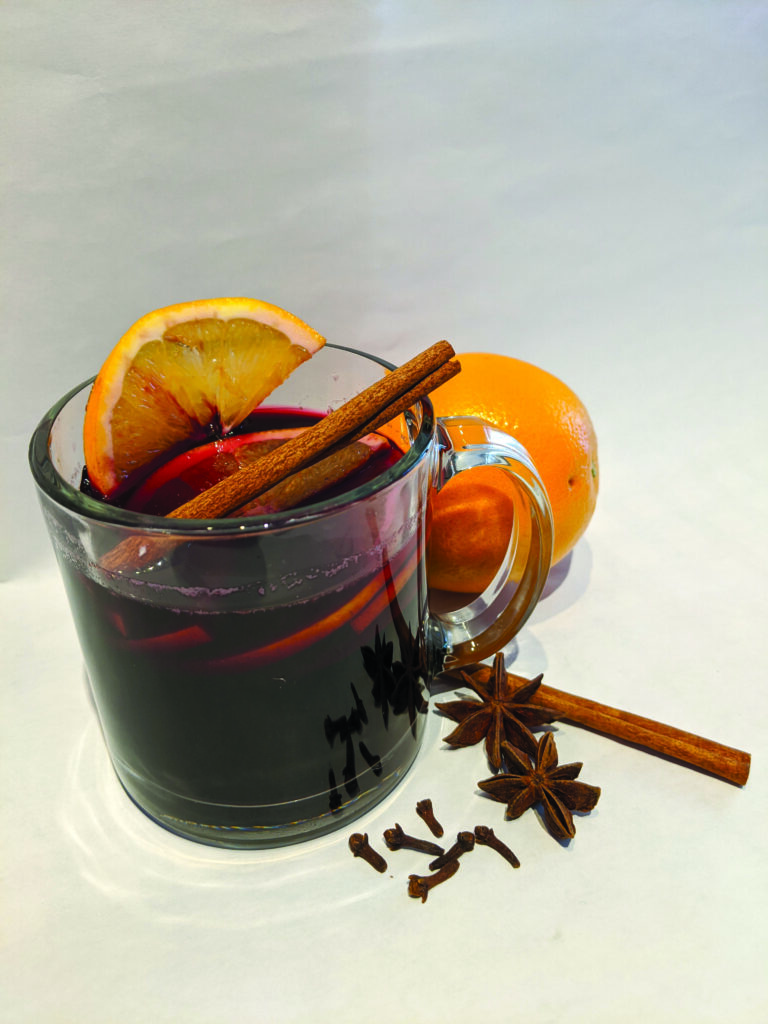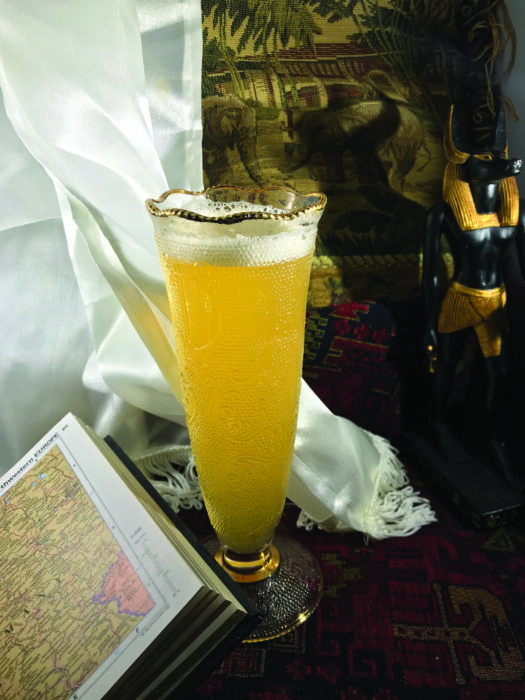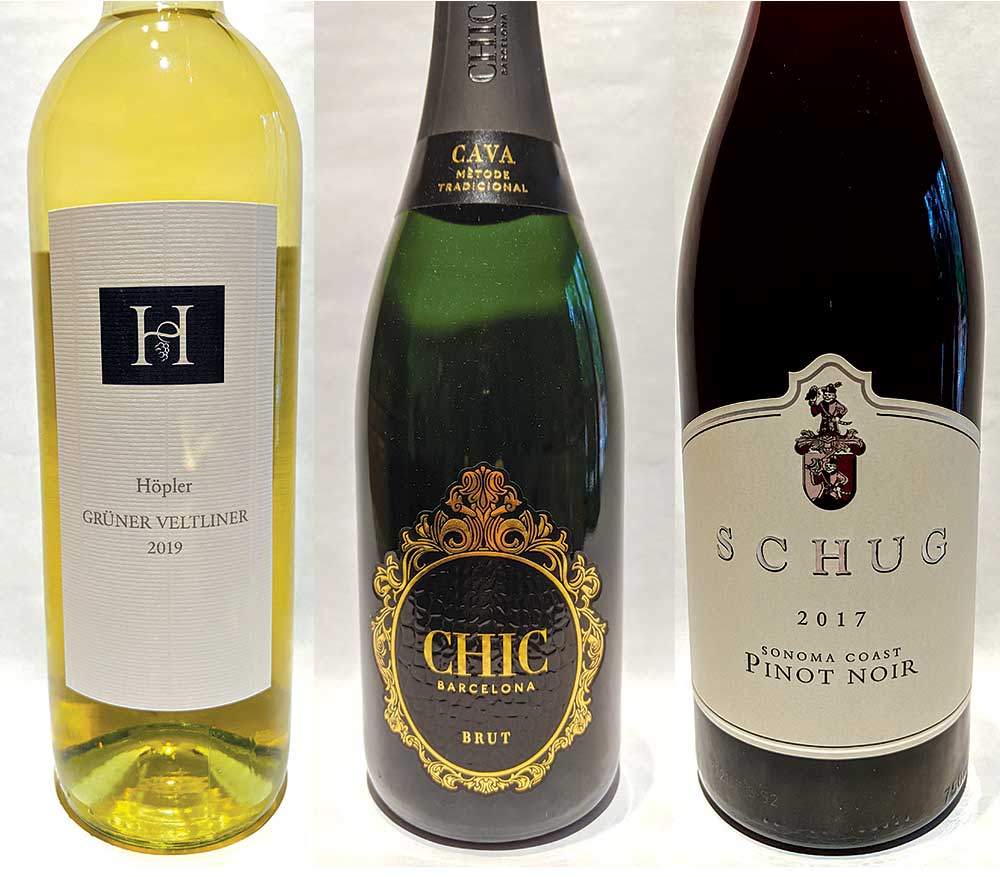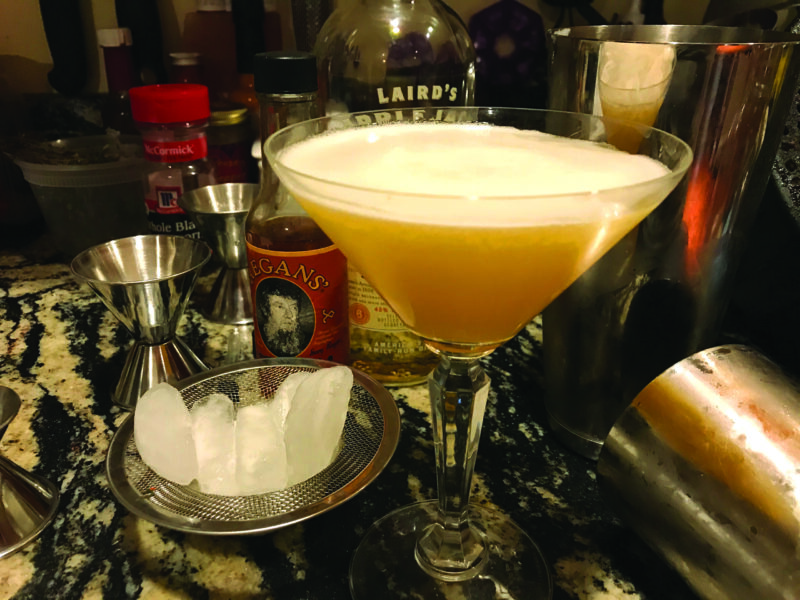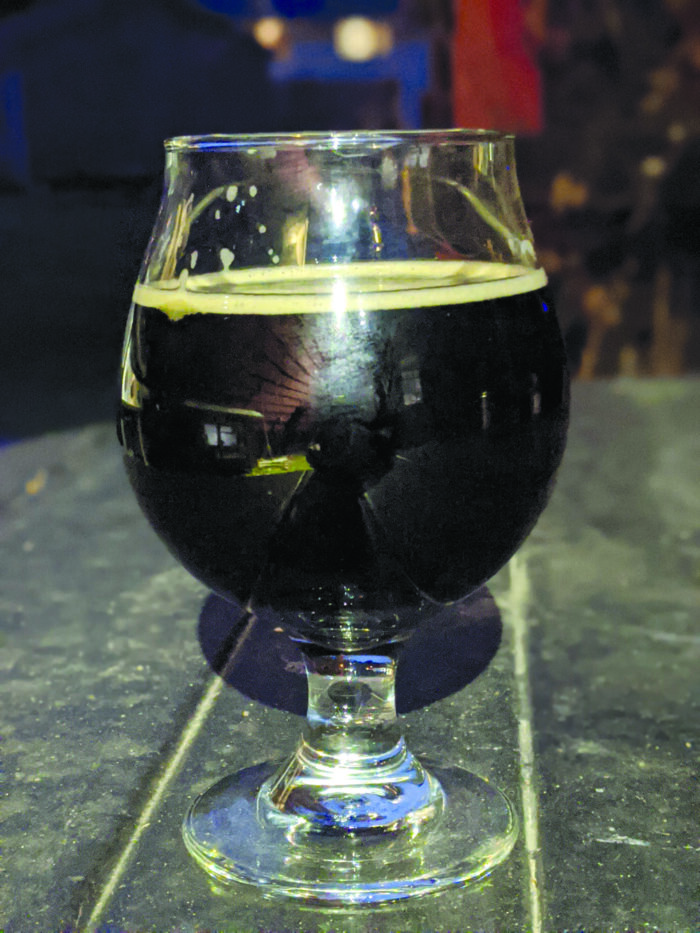Let’s get cooking
Usually, we make New Year’s resolutions that involve eating less food or at least less of the stuff that tends to add pounds to our waistlines.
Many of you will very likely try to take a similar approach this year, and hey, I don’t blame you. It’s just that I know from personal experience it’s not worthwhile for me, so I’m going to slap on an apron and get cooking because this guy needs to eat.
At this time of year, when the holidays are just about behind us and the weather is cold, I’m craving rich stews and roasted meat — aren’t we all?
Stews are great for a number of reasons but I love that you can take a tough cut of meat, like beef chuck or pork butt, and just simmer it for hours until the meat is tender and delicious. The finished product is nearly always flavorful, warming and satisfying and that’s really what we’re going for.
So let’s make some beef stew — and in case you were wondering when I was going to bring up beer, that moment is now because we’re going to use beer in the beef stew.
Beef stew is so forgiving, especially if you use chuck. Really, the only issue is that you have to be patient and just keep simmering it until the meat is as tender as you want it. I like big chunks of meat and vegetables but chop or dice the ingredients to whatever size you please — just try to be consistent so items cook at the same rate.
Using stout for the broth adds a layer of complexity and richness that, I’m sorry, you can’t get from broth alone. I really like how the flavor of the thyme — and I would emphasize that fresh thyme is critical in this case — pairs with the beef, garlic and the maltiness of the stout.
In choosing a stout, I think Guinness is your baseline but any dry stout or porter will work. Smuttynose Brewing Co.’s Robust Porter or the Workingman’s Porter by Henniker Brewing Co. would be great choices. I think stouts with lots of coffee and chocolate notes are delicious but I’m not sure how well they’d work in this stew. I’m not saying don’t try them; I’m just saying don’t blame me if it doesn’t work out.
Get your apron on.
What’s in My Fridge
Fat Tire Amber Ale by New Belgium Brewing Co. (Fort Collins, Colorado)
This is just an easy-drinking beer that has just enough flavor to make it memorable. I bought a six-pack recently just to make sure I had one beer that would please anyone. Cheers!
Beef and Stout Stew
4 pounds beef chuck, cut into 1-inch cubes
2-3 large carrots, chopped
2-3 large celery stalks, chopped
3 large onions, chopped
3-4 large potatoes, chopped
3 cloves garlic, chopped
16 ounces stout
4-6 cups beef broth
Salt & pepper to taste
2 tablespoons flour
3 tablespoons vegetable oil
1 sprig fresh thyme
Fresh parsley
Heat a large Dutch oven over high heat and when hot, add oil. Season meat with salt and pepper. Brown meat, in batches, until all sides are browned. Remove meat with a slotted spoon and set aside.
Turn the heat to medium and add onions, celery and a big pinch of salt and cook, stirring for 5-10 minutes. Add garlic and stir for a minute or so. Add carrots and cook for 5 minutes so carrots soften up a bit.
Add flour and cook for a couple minutes, stirring. Pour in stout carefully as it will bubble up, and scrape the sides and bottom of the pot. Add meat back in, along with another pinch of salt, pepper, potatoes and thyme.
Pour in 2-4 cups of the beef broth and assess the consistency. Bring to a gentle simmer and cook for roughly two hours, adding more broth if needed, until meat reaches desired tenderness and the stew has reduced to your desired consistency.
Serve with fresh parsley and a beer.
Featured Photo: Let’s make stew with some stout. Photo by Jeff Mucciarone.

